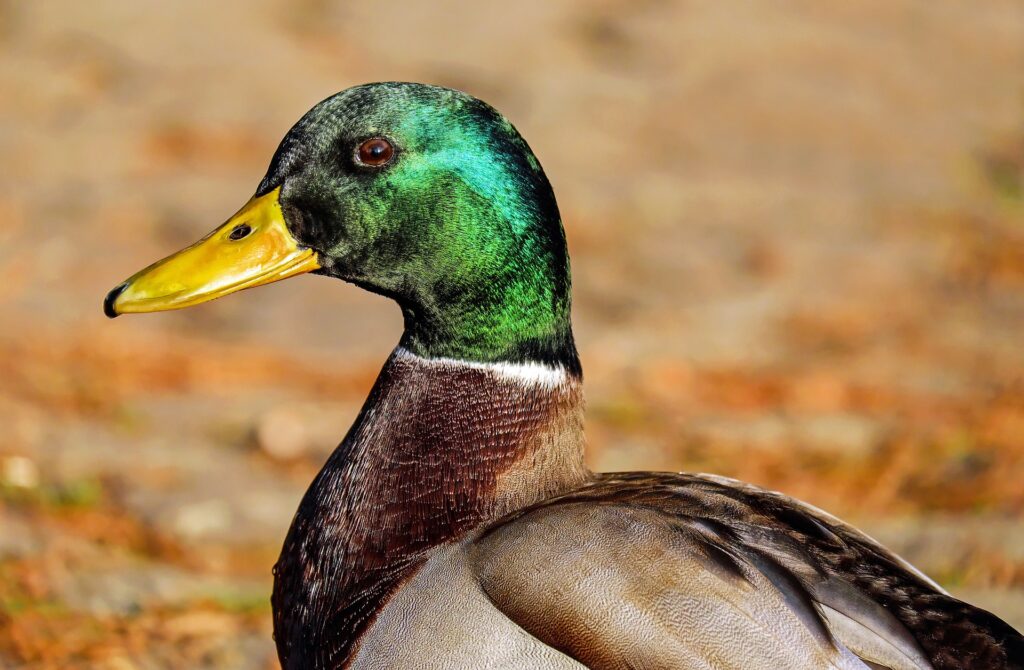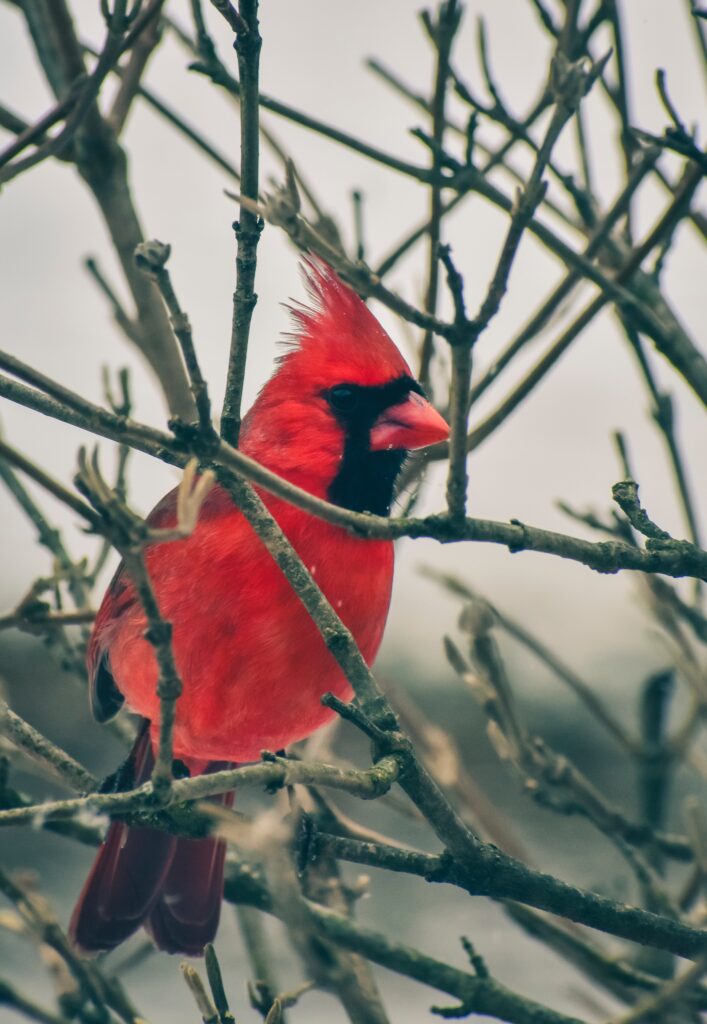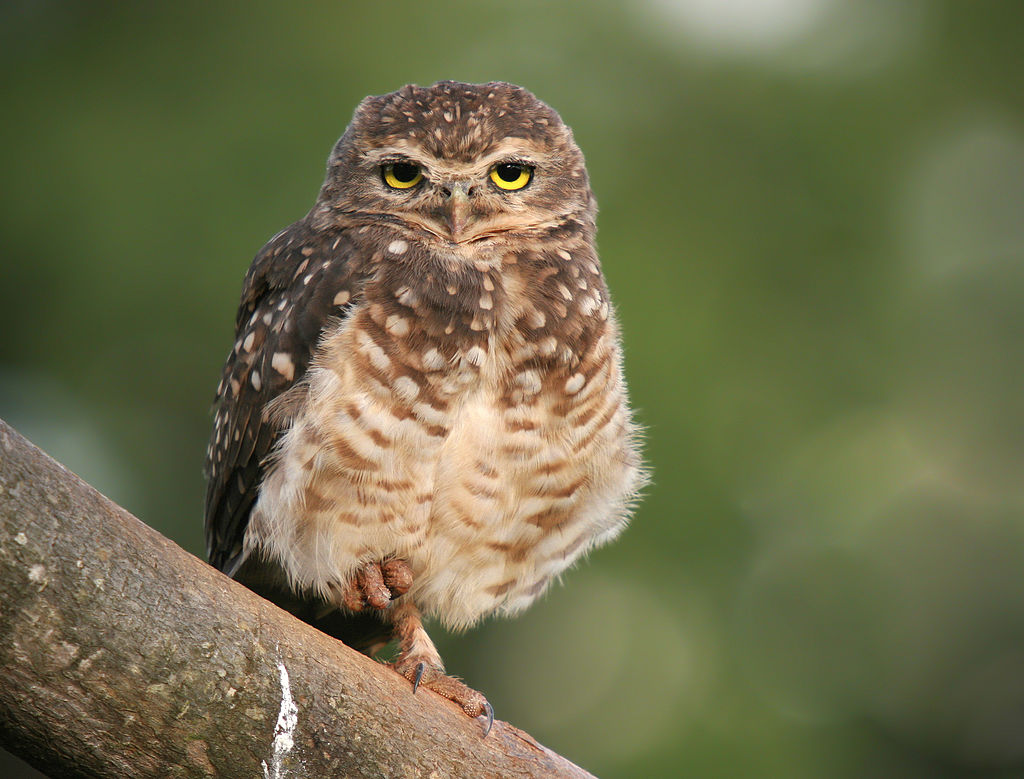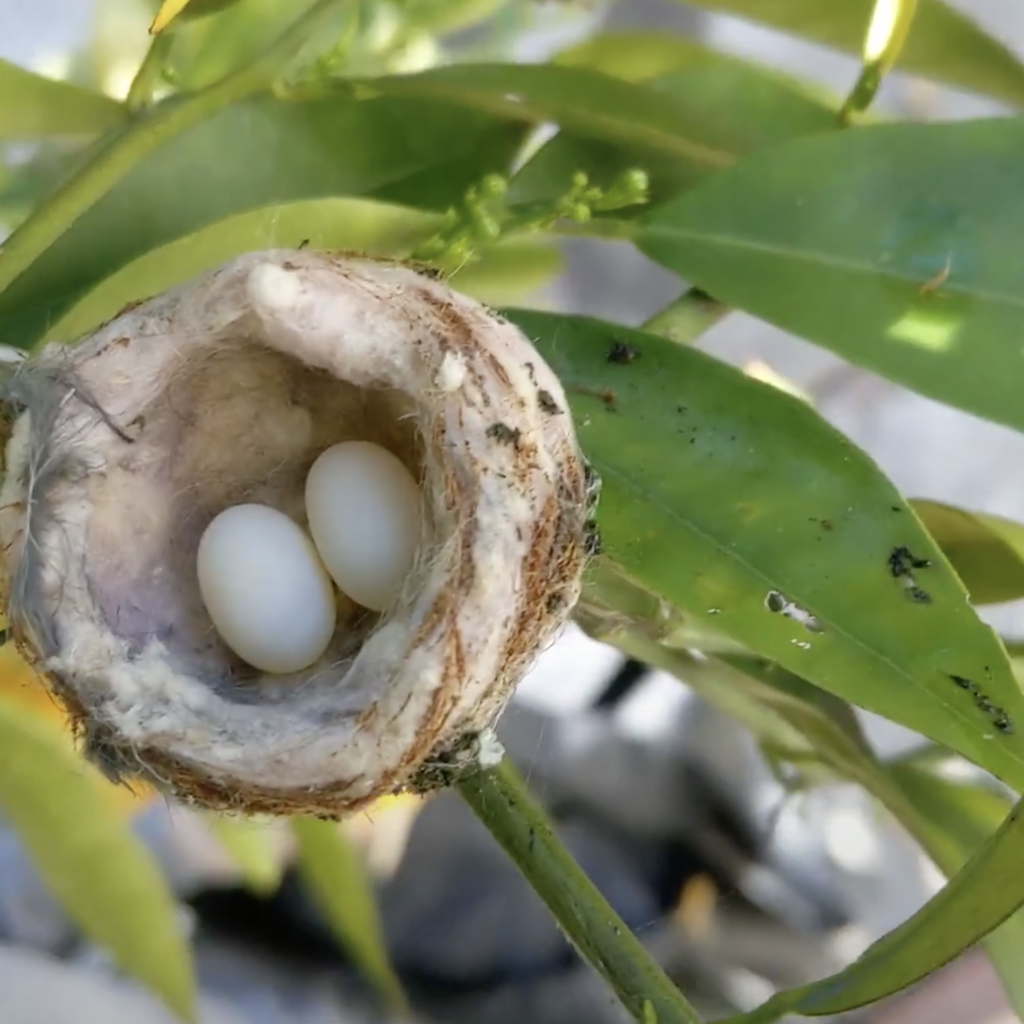In the vibrant tapestry of avian beauty, one bird captivates with its exquisite elegance and melodious charm—the female cardinal. With its scarlet-tipped wings and a voice that stirs the soul, this enchanting creature deserves the spotlight in our guide.
From its unique plumage to its vital ecological role, join us on a journey through the world of the female cardinal—a bird that leaves a lasting impression wherever it soars. Get ready to discover the secrets of this captivating songstress and unlock a realm of wonder that will ignite your passion for all things avian.
Prepare to be captivated by the allure of the female cardinal!
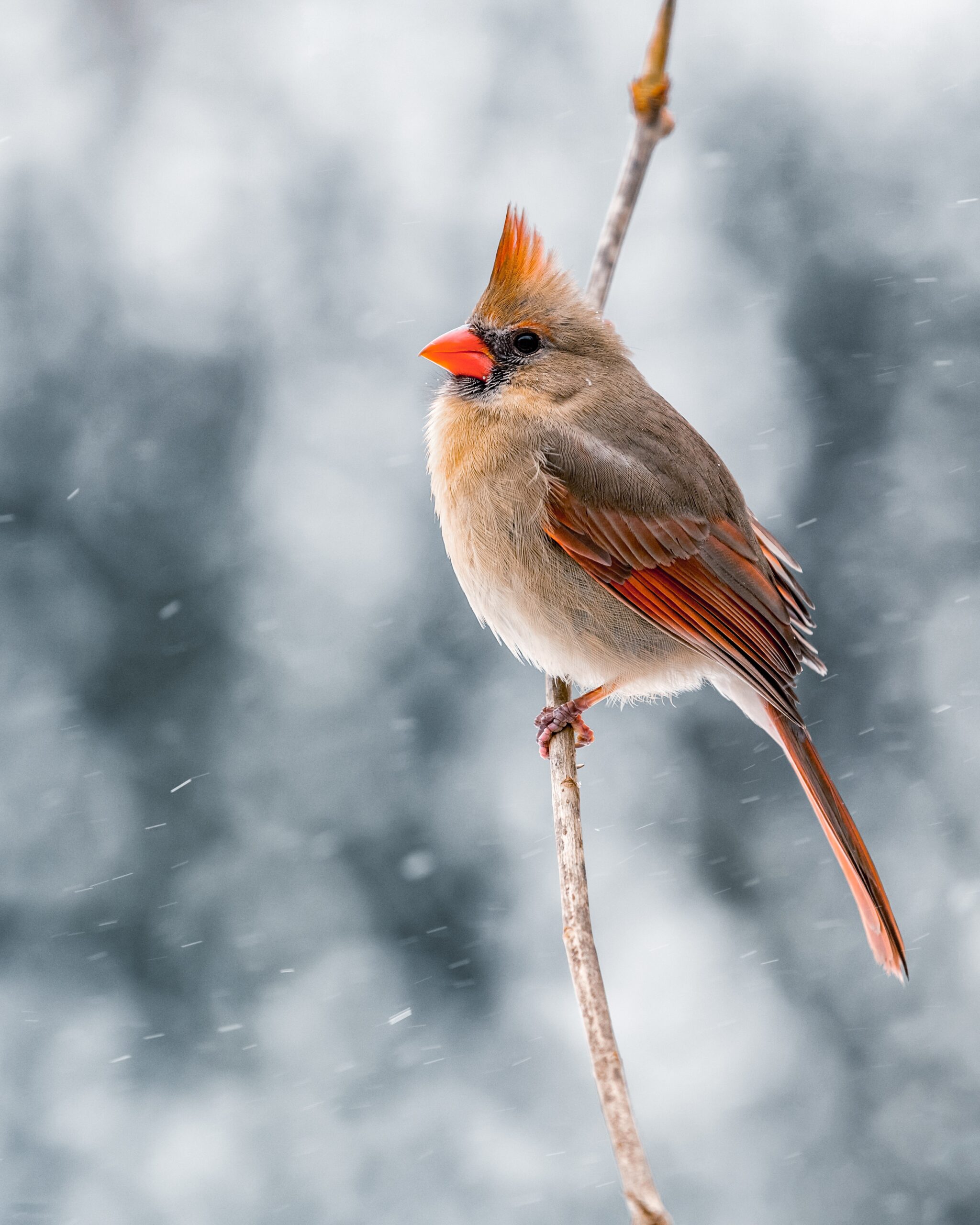
Table of Contents
ToggleImportance and Significance of the Female Cardinal
In the realm of nature's marvels, the female cardinal stands as a creature of immense importance and profound significance. From ecological contributions to cultural symbolism, the female cardinal plays a pivotal role in both the natural world and the human imagination.
Ecological significance:
As a seed disperser, the female cardinal holds a crucial role in the preservation and regeneration of plant species. Feasting on a diverse diet of fruits, berries, and seeds, she inadvertently becomes a harbinger of life for countless plants.
Through her foraging activities, seeds are ingested, transported, and excreted in different locations, facilitating the dispersal and colonization of vegetation across diverse habitats. This process helps maintain biodiversity, fosters the resilience of plant communities, and aids in the natural balance of ecosystems.
Indicator of habitat health:
The presence and abundance of female cardinals serve as indicators of the overall health and vitality of their habitats. Thriving in areas with ample food resources and suitable nesting sites, their population density reflects the availability of essential elements for avian life.
Observing the female cardinal's presence can provide valuable insights into habitat quality, including the abundance of insects, fruits, and vegetation structure. Thus, monitoring the status of female cardinal populations aids in assessing the overall health and conservation needs of ecosystems they inhabit.
Cultural symbolism and artistic inspiration:
Beyond its ecological contributions, the female cardinal has captured the imagination of cultures across time, serving as a symbol of various attributes and inspiring artists, poets, and storytellers. In many societies, the cardinal's vibrant red plumage is associated with passion, love, and vitality.
Its striking appearance and uplifting melodies have made it a beloved subject in artwork, literature, and folklore, often representing beauty, grace, and the untamed spirit of nature. The female cardinal's presence in our lives invokes a sense of wonder and connection to the natural world, inspiring us to celebrate and protect these remarkable creatures.
The female cardinal's importance extends far beyond its beauty and song. Its ecological contributions and cultural significance highlight the profound impact this enchanting bird has on both the natural realm and human consciousness. By appreciating and understanding the significance of the female cardinal, we deepen our commitment to its preservation and foster a deeper connection to the wonders of the natural world.
Physical Characteristics
Size and Shape:
The female cardinal is slightly smaller than her male counterpart but still boasts a robust and compact body. On average, she measures around 7 to 8 inches (18 to 20 centimeters) in length, with a wingspan of approximately 10 to 12 inches (25 to 30 centimeters). Her body shape is streamlined, facilitating agile flight and maneuverability through vegetation.
Plumage:
While the male cardinal displays vibrant red plumage, the female showcases an elegant ensemble of warm browns and reddish tones. Her feathers provide excellent camouflage, blending harmoniously with the surrounding foliage. Her crest, like the male's, is prominent but usually shorter and more subdued in color.
Beak and Feet:
The female cardinal has a sturdy, cone-shaped beak adapted for cracking open seeds and foraging for insects. Her beak is typically a grayish color, adding to her overall subtle appearance. Her feet are strong and well-adapted for perching and gripping branches as she moves through trees and shrubs.
Eye-catching Accents:
While the female cardinal's overall coloration is more muted, she possesses subtle accents that add flair to her appearance. Her face showcases a black mask around her eyes, giving her a distinct and striking facial pattern. This feature enhances her beauty and adds a touch of intrigue to her appearance.
Molt and Seasonal Variations:
Like most birds, female cardinals undergo molting, a process in which they shed old feathers and grow new ones. During the molt, their plumage may appear slightly patchy or faded. However, female cardinals maintain their essential color patterns and characteristics, ensuring their ability to blend into their surroundings effectively.
Vocalizations:
While the female cardinal's song may be less pronounced than the male's, she still communicates through a variety of soft, melodic calls. Her vocalizations include gentle chirps, short whistles, and trills, which she uses for communication with her mate and to establish territory boundaries.
Knowing the anatomy and physical characteristics of the female cardinal allows us to appreciate the unique attributes that make her a truly remarkable bird. From her subtle yet captivating plumage to her versatile beak and graceful presence, the female cardinal embodies nature's artistry and adaptation.
So, take a moment to observe and admire her distinct features, and let her beauty inspire a deeper connection to the wonders of the avian world.
Habitat and Distribution
Geographical range and distribution:
The female cardinal, along with its male counterpart, is primarily found in North America. Its native range spans across a large portion of the continent, including regions of Canada, the United States, and Mexico. From the eastern and central parts of the United States to as far west as Arizona and New Mexico, the female cardinal has established a strong presence.
Over time, human activities and intentional introductions have led to the expansion of their range into other areas, including parts of the western United States and even some regions of Europe.
Preferred habitats of the female cardinal:
The female cardinal displays a remarkable adaptability when it comes to habitat selection, but certain environments are particularly favored. Woodlands, forests, and their edges provide an ideal habitat due to the abundance of trees and shrubs, which offer both food resources and nesting opportunities.
Additionally, female cardinals have adapted well to human-altered landscapes, including suburban areas, gardens, parks, and residential neighborhoods. Their ability to thrive in these habitats is attributed to the availability of food sources like bird feeders, shrubs, and fruit-bearing trees, as well as the presence of suitable nesting sites.
Factors influencing habitat selection:
Various factors influence the female cardinal's choice of habitat, allowing it to thrive in diverse environments. These factors include vegetation types and structure, climate, and nesting requirements.
- Vegetation types and structure: The presence of dense vegetation, such as shrubs and thickets, is crucial for the female cardinal. These provide cover for nesting, protection from predators, and abundant food sources. Wooded areas with a mix of deciduous and evergreen trees also offer an array of nesting and foraging opportunities.
- Climate and temperature preferences: Female cardinals are adaptable to different climates but tend to favor areas with temperate and subtropical climates. They can withstand both hot summers and cold winters, and their populations extend from regions with moderate temperatures to more extreme climates.
- Nesting requirements and predator avoidance: Suitable nesting sites are critical for the female cardinal's reproductive success. They prefer locations that provide cover and safety, such as dense shrubs, bushes, or tree branches. The proximity of water sources, such as rivers, streams, or ponds, is also advantageous for their survival. Selecting nesting sites strategically helps protect their eggs and nestlings from potential predators.
Understanding the geographical range and preferred habitats of the female cardinal provides insight into its adaptability and helps guide conservation efforts. By recognizing the factors that influence its habitat selection, we can work towards preserving and enhancing the diverse environments that support the flourishing existence of these captivating birds.
Behavior and Life Cycle
Social behavior and mating system:
Female cardinals exhibit fascinating social behavior and adhere to a monogamous mating system. They form strong pair bonds with males, typically for life. These monogamous pairs work together to defend territories, forage for food, and raise their young. Both males and females engage in territorial displays to protect their nesting and foraging areas from intruders.
Nesting habits and construction:
Nesting is a significant aspect of the female cardinal's life cycle. They are responsible for selecting the nest site and constructing the nest. Females typically choose dense vegetation, such as shrubs, thickets, or small trees, to build their nests. The female cardinal constructs a cup-shaped nest using twigs, grasses, leaves, and other plant materials. She meticulously weaves these materials together to create a sturdy and well-hidden nest.
Incubation period and parental care:
After the female cardinal lays her eggs, both the male and female take turns incubating the eggs. The incubation period typically lasts around 12 to 13 days. During this time, the parents diligently maintain the nest, ensuring optimal conditions for the development of the embryos. Once the eggs hatch, both parents are actively involved in caring for the nestlings, providing them with food and protection from predators.
Diet and foraging behavior:
Female cardinals are omnivorous, with their diet consisting of a variety of seeds, fruits, berries, and insects. They have a strong beak that enables them to crack open seeds and extract the nutritious contents.
Fruits and berries play a crucial role in their diet, especially during the breeding season when they provide essential nutrients for the female and the growing nestlings. In addition to foraging on the ground, female cardinals also feed on elevated perches and utilize bird feeders.
Vocalizations and communication:
The female cardinal, although less vocally prominent than the male, possesses a repertoire of distinct vocalizations. Her calls are typically softer and more subdued compared to the rich and melodious songs of the male. These vocalizations serve various purposes, including communication with the male, alarm calls to alert others of potential threats, and maintaining contact within the family unit.
The behavior and life cycle of the female cardinal provides valuable insights into their reproductive strategies, nesting habits, and social interactions. It sheds light on their vital role as parents and contributors to their ecosystems, showcasing their adaptability and dedication to the survival of their species.
Reproduction and Breeding
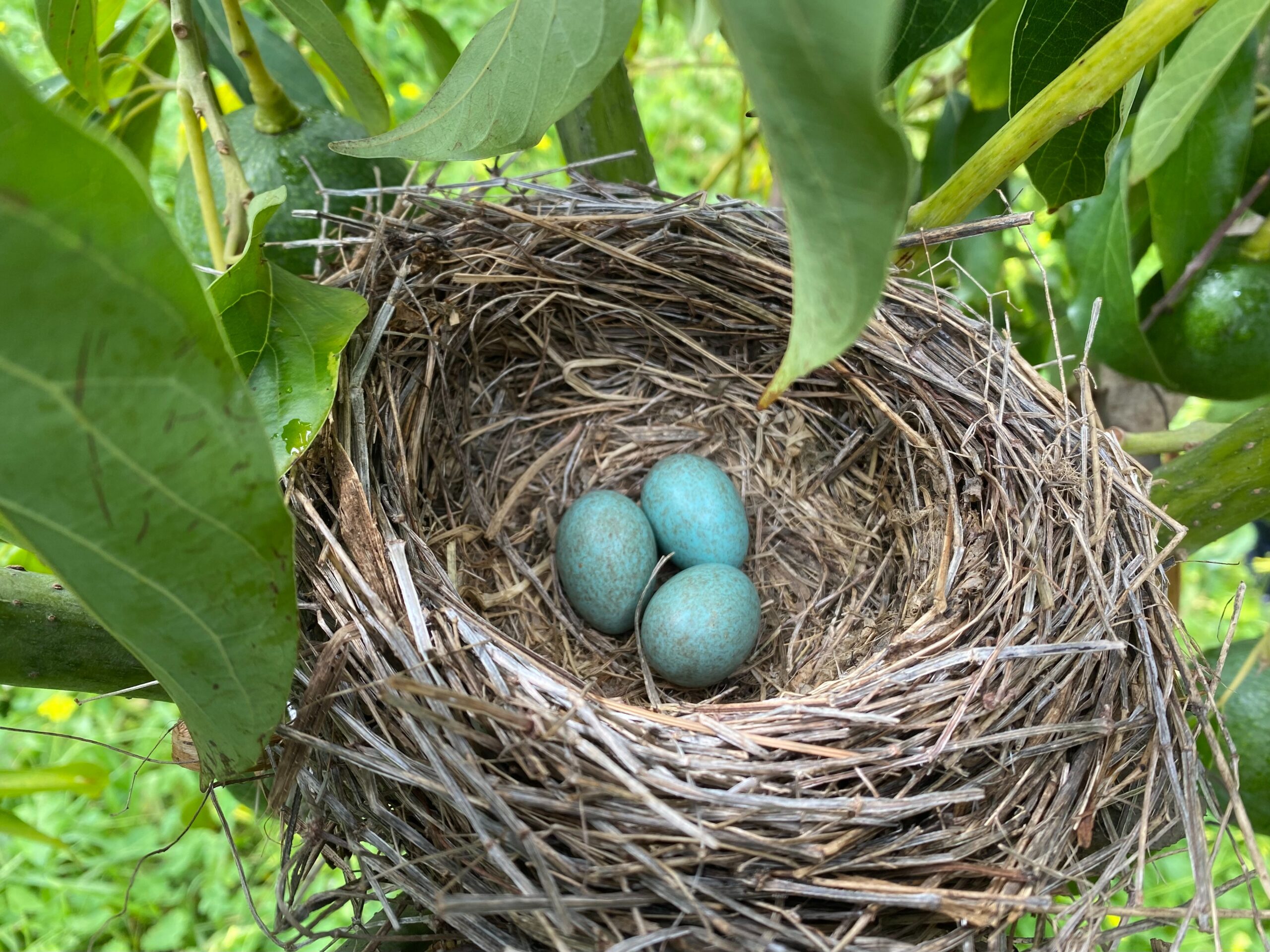
Courtship Rituals:
The female cardinal plays a vital role in the courtship rituals of this species. During the breeding season, which typically begins in early spring, the male cardinal uses his vibrant plumage and melodious songs to attract a mate. The female cardinal carefully assesses potential partners based on their displays of strength, health, and ability to provide resources.
Pair Bonding:
Once a male and female cardinal form a bond, they engage in a series of bonding behaviors. These behaviors include mutual preening, where they groom each other's feathers, and courtship feeding, where the male offers food to the female as a display of his ability to provide for her and their future offspring. These activities strengthen the pair's connection and prepare them for the breeding season.
Nesting:
Female cardinals are responsible for selecting the nest site and constructing the nest. They typically choose dense shrubs, bushes, or low tree branches as their nesting locations, where they are well-hidden and protected from predators. The female constructs the nest using twigs, grasses, leaves, and other plant materials, weaving them together to create a sturdy and cup-shaped structure.
Egg-laying and Incubation:
Once the nest is completed, the female cardinal lays a clutch of eggs. The average clutch size ranges from 2 to 5 eggs, and she lays one egg per day until the clutch is complete. The female then takes on the primary responsibility of incubating the eggs, which lasts for approximately 11 to 13 days. During this period, she carefully maintains the optimal temperature and humidity for the eggs to develop.
Shared Parental Care:
After the eggs hatch, both the male and female cardinals participate in caring for the nestlings. They take turns feeding the hungry mouths, regurgitating partially digested food into the nestlings' beaks. The parents work diligently to provide a steady supply of insects, seeds, fruits, and other suitable food sources to nourish their growing offspring.
Fledging and Independence:
Around 9 to 11 days after hatching, the young cardinals start to fledge, meaning they leave the nest and begin exploring their surroundings. However, even after fledging, the parents continue to provide care and guidance to their offspring, teaching them essential skills for survival, such as foraging for food and recognizing potential threats.
Multiple Broods:
Female cardinals may raise multiple broods within a single breeding season, particularly in regions with longer summers. After successfully raising one brood, they may start the nesting process again, constructing a new nest, laying a new clutch of eggs, and repeating the cycle of incubation and care for the next generation.
The reproductive journey of the female cardinal highlights her nurturing and devoted nature. From selecting a mate to constructing a nest, incubating eggs, and raising multiple broods, she plays a vital role in ensuring the survival and success of her offspring. The partnership and shared parental care between male and female cardinals showcase the strength of their bond and their commitment to their family. It's a remarkable journey that underscores the beauty and complexity of avian reproduction.
Interactions with Other Species
Foraging Interactions:
The female cardinal interacts with various bird species and other animals while foraging for food. She shares habitat and food resources with a diverse array of avian companions, such as sparrows, finches, and thrushes. While they may compete for similar food sources, they often coexist peacefully, each finding their niche within the ecosystem.
Nesting Neighbors:
The female cardinal's choice of nesting locations often brings her into proximity with other bird species. She may nest in close proximity to birds like robins, blue jays, or catbirds. While each species fiercely defends its own nest and territory, the cohabitation of different nests within the same area can create a sense of community and shared vigilance against predators.
Predator Awareness and Interactions:
The female cardinal, like other bird species, faces potential threats from predators such as snakes, squirrels, and birds of prey. She demonstrates exceptional vigilance, constantly alert to any signs of danger. If a predator approaches the nest, both the male and female cardinals work together to defend their offspring, engaging in aggressive displays and vocalizations to deter intruders.
Mutualistic Relationships:
The female cardinal engages in mutualistic relationships with certain species, benefiting both parties involved. For example, she may feed on fruits or berries and inadvertently disperse seeds through her droppings, helping to spread plant species and promote biodiversity. Additionally, as she forages for insects, she contributes to pest control within her habitat, benefiting gardeners and agricultural ecosystems.
Interaction with Humans:
Female cardinals, with their striking presence and beautiful songs, have captivated humans for generations. They bring joy and beauty to backyard bird feeders, parks, and gardens. As humans provide suitable habitats and food sources, they inadvertently support the survival and well-being of these birds. Observing and appreciating female cardinals offers a unique connection to the natural world and fosters a sense of stewardship towards wildlife conservation.
Ecological Significance:
The interactions of the female cardinal with other species contribute to the overall health and balance of ecosystems. As an integral part of the food web, she consumes insects, thus helping regulate their populations. Additionally, her nesting activities and foraging behaviors contribute to seed dispersal and the growth of plant communities. These ecological interactions highlight the interconnectedness of species and the importance of preserving biodiversity.
Whether it's sharing resources, defending territories, or participating in mutualistic interactions, she contributes to the ecological tapestry that supports a vibrant and diverse natural world. By understanding and appreciating these interactions, we gain a deeper appreciation for the interconnectedness of all living organisms and the importance of preserving and protecting our shared environment.
Conservation and Threats
Conservation status:
While the female cardinal is not currently considered a species of concern, it's essential to remain vigilant in preserving its population. Understanding the threats and taking proactive conservation measures are crucial for ensuring the long-term survival of this beloved bird.
Habitat loss:
One of the primary challenges facing the female cardinal is habitat loss. As human development continues to encroach upon natural areas, crucial nesting and foraging habitats diminish. The clearing of forests, the removal of shrubs, and the destruction of green spaces disrupt the female cardinal's ability to find suitable sites to build their nests and locate sufficient food sources.
Climate change:
The changing climate poses a significant threat to the female cardinal and other avian species. Altered weather patterns, increased temperatures, and extreme weather events can disrupt their breeding cycles, affect the availability of food resources, and impact their overall habitat suitability. Adapting to these changes becomes increasingly challenging for the female cardinal and may impact its population dynamics.
Predation and nest disturbance:
The female cardinal faces risks from predators such as snakes, squirrels, and domestic cats. Nest disturbance from human activities, such as pruning shrubs or clearing vegetation during the breeding season, can also disrupt nesting attempts and leave eggs and nestlings vulnerable to predation.
Conservation efforts:
To protect the female cardinal and its habitat, conservation efforts must focus on preserving and restoring suitable nesting and foraging areas. This includes conserving woodlands, maintaining diverse vegetation structure, and promoting the planting of native plants that provide food and cover. Collaborative efforts between conservation organizations, researchers, and communities are vital in raising awareness, conducting research, and implementing effective conservation strategies.
Citizen science and individual actions:
Everyone can contribute to the conservation of the female cardinal and other bird species. Participating in citizen science initiatives, such as bird monitoring programs, can provide valuable data for researchers and help track population trends. Creating bird-friendly habitats in our own yards and neighborhoods by planting native vegetation, providing clean water sources, and minimizing the use of pesticides further supports the female cardinal's well-being.
By recognizing the threats and taking action, we can protect the female cardinal and ensure that its vibrant presence continues to grace our lives and ecosystems. Through conservation efforts, we have the power to safeguard the habitats and natural spaces that are essential for the survival and thriving of this remarkable bird. Let's join together in preserving the legacy of the female cardinal for future generations to cherish.
Fun Facts and Trivia
The “cardinal” connection:
The female cardinal gets her name from the vibrant red plumage of the male cardinal, which resembles the robes worn by Catholic cardinals. While she may not have the same bright red coloration, the female is just as fascinating and integral to the cardinal family.
Colorful personalities:
Despite her more subdued appearance, the female cardinal is known for her lively and spirited nature. She exudes confidence and determination, especially when it comes to nest-building and protecting her territory. Don't underestimate her vibrant personality!
Hidden nest gems:
The female cardinal's nesting skills go beyond construction. She possesses a clever tactic to further conceal her nest—she often incorporates pieces of paper or plastic into the outer layers. This helps the nest blend in even more with its surroundings, making it harder for predators to spot.
A year-round resident:
While some bird species migrate, female cardinals are typically non-migratory. They tend to stay in their breeding territories throughout the year, braving cold winters and enjoying the warmer months. Their year-round presence adds a touch of cheer to gardens and parks, no matter the season.
Teamwork makes the dream work:
The female cardinal and her mate form a strong partnership when it comes to raising their young. They work together diligently, sharing responsibilities like nest building, incubation, and feeding the nestlings. It's a heartwarming example of teamwork in the bird world.
Lifespan and longevity:
Female cardinals have been known to live up to 15 years in the wild. With their resilience and adaptability, they have the potential for a long and fulfilling life. That's a lot of seasons spent brightening the world with their presence.
Symbolism and cultural significance:
The female cardinal, like her male counterpart, holds symbolic meaning in various cultures. She is often associated with attributes such as vitality, femininity, and resilience. Many people view the sighting of a female cardinal as a sign of good luck or a message from a loved one.
Inspiring artwork and poetry:
The beauty and grace of the female cardinal have inspired artists, poets, and writers throughout history. From paintings capturing her elegance to poems celebrating her presence in nature, the female cardinal continues to leave an indelible mark on artistic expressions.
Uncover these fun facts and trivia to deepen your appreciation for the female cardinal. With her hidden gems, vibrant personality, and cultural significance, she offers a world of wonder waiting to be explored. So, embrace the joy of discovery and let the female cardinal enchant you with her hidden charms.
Birdwatching Tips
- Choose the right habitat: Female cardinals prefer habitats with dense shrubs, bushes, and low-hanging branches. Look for these types of environments, such as woodland edges, gardens, or parks, to increase your chances of spotting them.
- Listen for their calls: While the female cardinal's vocalizations may be softer than the male's, they can still guide you to their presence. Learn to recognize their chirps and mellow songs, as these sounds can help you locate them even before you see them.
- Be patient and observant: Birdwatching requires patience and keen observation skills. Find a comfortable spot, preferably near their habitat, and take your time to scan the area with your binoculars. Keep your eyes and ears open for any movement or calls that may indicate a female cardinal's presence.
- Respect their space: When you find a female cardinal, maintain a respectful distance to avoid causing stress or disturbance. Remember, observing them from afar allows them to behave naturally and minimizes any potential harm to their well-being.
- Use binoculars or a camera: Binoculars are a birdwatcher's best friend. They help you get a closer look at female cardinals without intruding on their habitat. If you have a camera with a zoom lens, it can also capture their beauty in detail for you to enjoy later.
- Learn their behavior: Study the behavior of female cardinals to anticipate their movements. They often forage for food on the ground or in shrubs, so observe their feeding patterns and preferred food sources. Understanding their behavior enhances your chances of successful sightings.
- Create a bird-friendly environment: Attract female cardinals to your yard by providing food, water, and shelter. Plant native trees, shrubs, and flowers that offer seeds and berries, which are their preferred food sources. Install a bird feeder with suitable seeds, such as sunflower seeds or safflower seeds, to entice them to visit your space.
- Join birdwatching communities: Connect with local birdwatching groups or online communities to exchange tips, share sightings, and learn from experienced birdwatchers. These communities offer a wealth of knowledge and can provide guidance on prime locations and recent sightings of female cardinals.
- Document and share your sightings: Keep a birdwatching journal or create a digital album to document your encounters with female cardinals and other birds. Share your sightings and experiences with fellow bird enthusiasts, friends, or social media platforms. Your observations contribute to citizen science and foster a deeper appreciation for these beautiful creatures.
Remember, birdwatching is a joyful and rewarding hobby that allows us to connect with nature and appreciate the wonders of avian life. With these tips in mind, you can enhance your female cardinal encounters and create memorable experiences while respecting and protecting these remarkable birds.
Final Thoughts
The female cardinal, with her understated beauty, remarkable resilience, and nurturing spirit, is truly a gem of the avian world. From her role in courtship and nesting to her vital contributions in maintaining healthy ecosystems, she captivates us with her presence and leaves a lasting impression.
Throughout this guide, we've delved into the life of the female cardinal, exploring her distinct characteristics, nesting habits, conservation needs, and the joy she brings to birdwatchers and nature enthusiasts. We've marveled at her fashion sense, admired her parenting skills, and learned about the challenges she faces in a changing world.
By understanding and appreciating the female cardinal, we gain a deeper connection to the wonders of nature. Her grace, adaptability, and unwavering dedication to her family inspire us to cherish and protect the delicate balance of our natural world. Whether she's perched on a branch or blending into the foliage, she reminds us of the beauty and resilience that exists all around us.
So, the next time you spot a female cardinal, take a moment to pause and admire her. Observe her elegance, listen to her soft calls, and reflect on the vital role she plays in the tapestry of life. Let her presence remind you of the incredible diversity and interconnectedness of the natural world.
In celebrating the female cardinal, we celebrate the wonders of nature and our responsibility to safeguard it for generations to come. Let us embrace the presence of these delightful creatures, learn from their tenacity, and strive to create a world where they can continue to thrive. Together, we can ensure that the female cardinal remains a cherished symbol of beauty, strength, and harmony in our shared planet.

